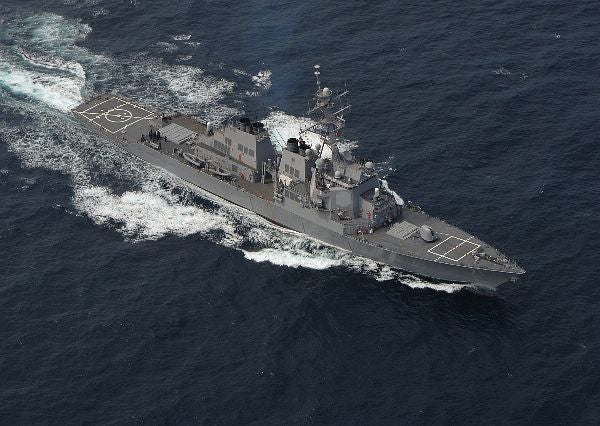
Chemring Detection Systems has been awarded a deal by the Edgewood Contracting Division of the Aberdeen Providing Grounds Contracting Command to provide biological detection systems to the US Navy.
Under the $49m contract, Chemring will deliver over 100 joint biological point detection systems (JBPDS) and initial fielding packages, which will then be installed on Arleigh Burke-class (DDG 51) guided-missile destroyer, USS Ross (DDG 71).
Managed by the Joint Program Executive Office for Chemical and Biological Defense (JPEO-CBD), the JBPDS programme has been designed to provide automatic detection and identification of airborne biological agents.
It can also trigger local and remote warning systems, and communicate threat information over standard communication systems at very low levels.
Available in multiple variants such as shipboard, HMMWV shelter, trailer and standalone fixed-emplacement, the JBPDS has validated its capability during the whole system live agent test and is the only US biological detection system.
In order to provide a broad area of surveillance, multiple JMPDS can be networked from a single operational interface for command and control.
Powered by four GE LM 2500 gas turbines, DDG 51-class destroyers can provide anti-submarine, anti-air and anti-surface capabilities while supporting carrier battle, surface action, amphibious and replenishment groups.
Equipped with Aegis combat system and SPY-1D multi-function phased array radar, the frigates can conduct peacetime operations, crisis management and sea control activities to enhance US naval capabilities.
The contract also includes providing JMPDS for the US Army for installation on the Stryker nuclear biological chemical reconnaissance vehicle (NBCRV).
Deliveries under the contract are scheduled to begin in December and will run for a year.
Image: US Navy’s Arleigh Burke-class destroyer, USS Ross (DDG 71) conducting mission. Photo: US Navy photo by photographer’s mate 2nd class Michael Sandberg.








